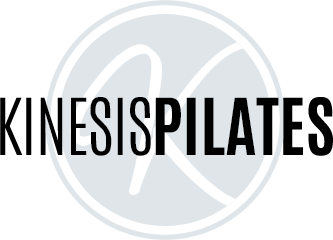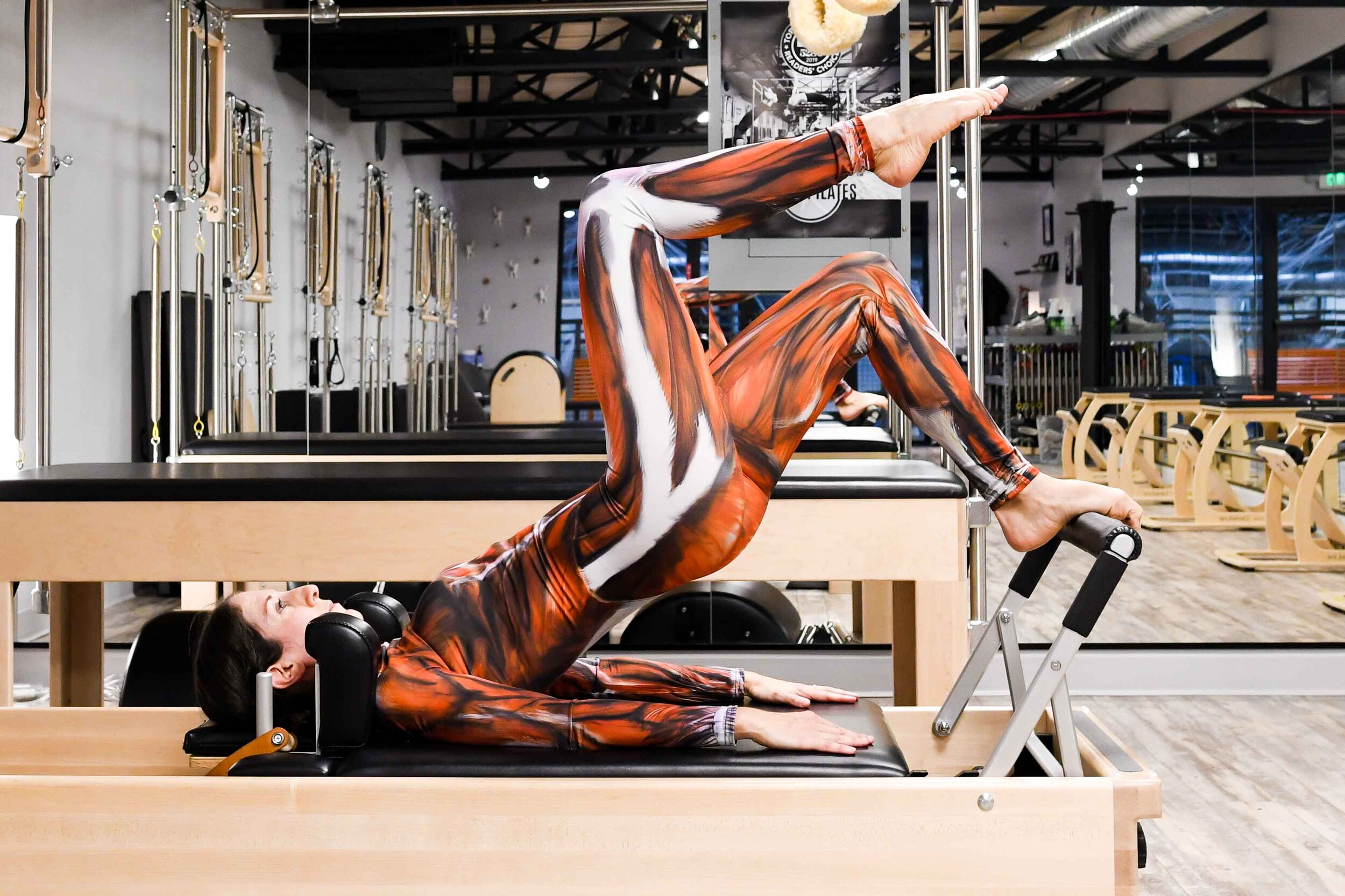Which of these describe why you exercise?
You like competition and trying to win.
You want to change the shape or performance of your body.
You feel guilty about what you ate, or are about to eat, and are trying to “earn” it.
You feel like it’s necessary to be healthy.
You like movement for movement’s sake.
Depending on your motivation for exercise, you might gravitate towards different fitness options. Like competition? Sports or sports-like programs with measurable metrics. Trying to change your body? Probably something with high pain (lots of soreness the next day so you know it’s working) in hopes of high gain. Performance? Perhaps gymnastics or dance, or again a sport. Guilty about what you ate? Cardio, HIIT, something to burn lots of calories fast. Want to feel healthy? Probably a combination of modalities, likely including a mindful movement practice like that found in Pilates and Yoga.
It’s rare to find people who are moving just because they want to have a movement practice. We like to engage our mental side with books and learning. We like to engage our social side by talking to friends on the phone or going out for dinner. Some of us engage our spiritual side by attending services or reading religious books. But how do we approach our physical selves? Do we engage with our bodies in a fulfilling, meaningful way? Or are we always frustrated by it, trying to change it, and forcing ourselves through the requisite hours of exercise that we think we need to reach our goals?
One of the most fulfilling things about Pilates is that it helps you develop an intimate relationship with your body. If all other motivations fall aside, you’re left with exploring the realm of possibility with your body. What is the range of that joint? How many of these can I execute before my form changes? Look how my right side does this but my left side does that? What does it feel like in my spine when I bend this way? Can I breathe into a new part of my ribcage? Our bodies are often neglected and ignored. But a movement practice means you connect to it, pay attention to it, and therefore are better able to work with it.
As we begin a new decade, I encourage you to change the focus of your Pilates sessions. You’re not in class to whittle your core, burn off calories, or fit into that outfit. You are there to hang out with your best friend—your body—who you can’t wait to get to know better.




